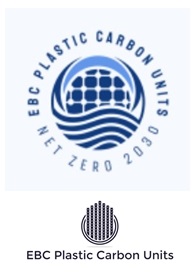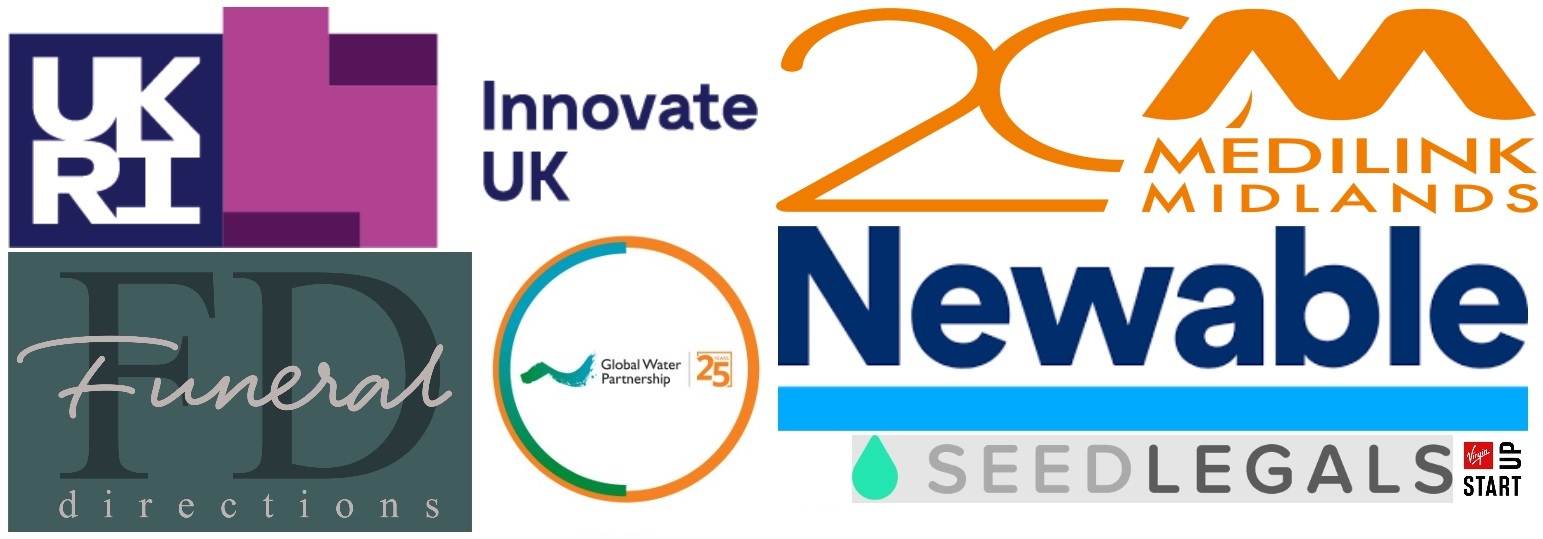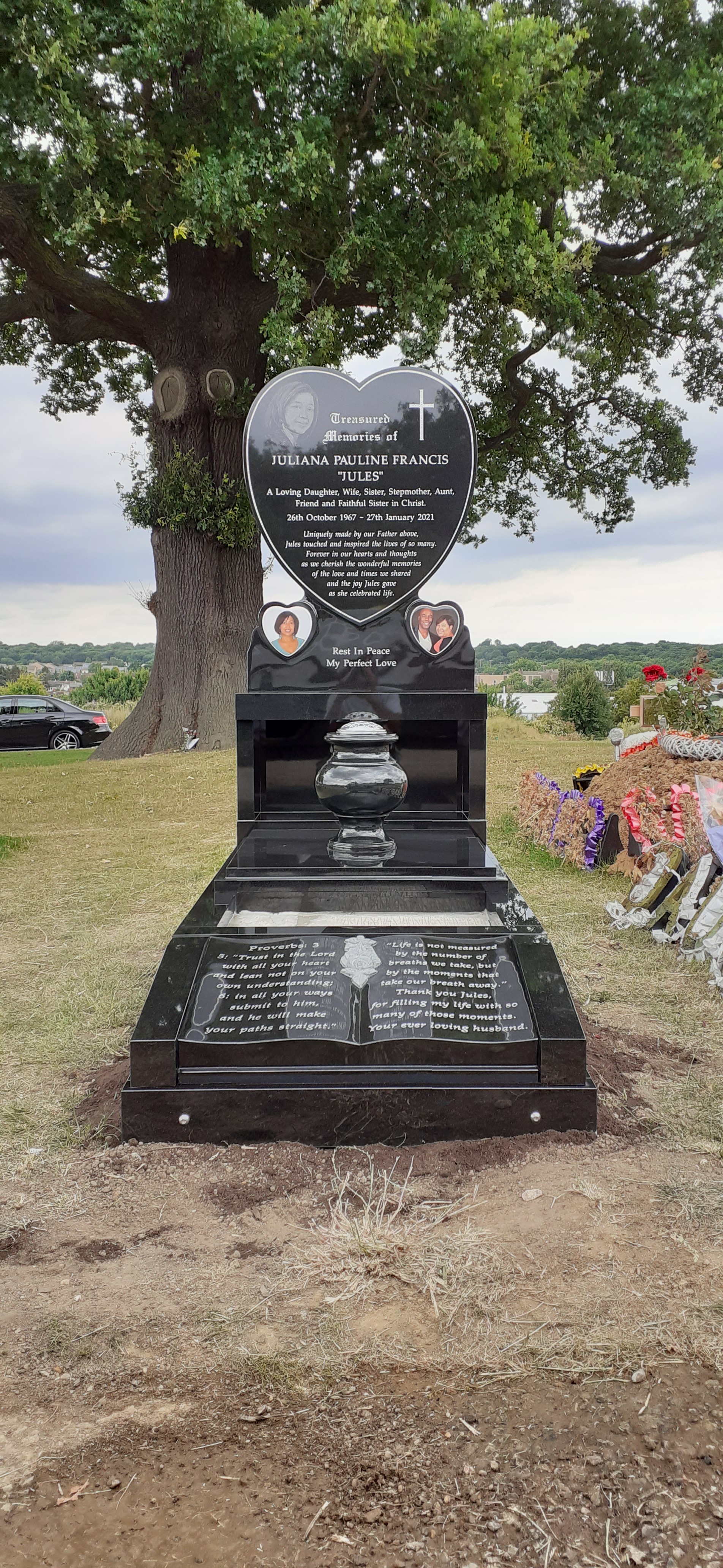
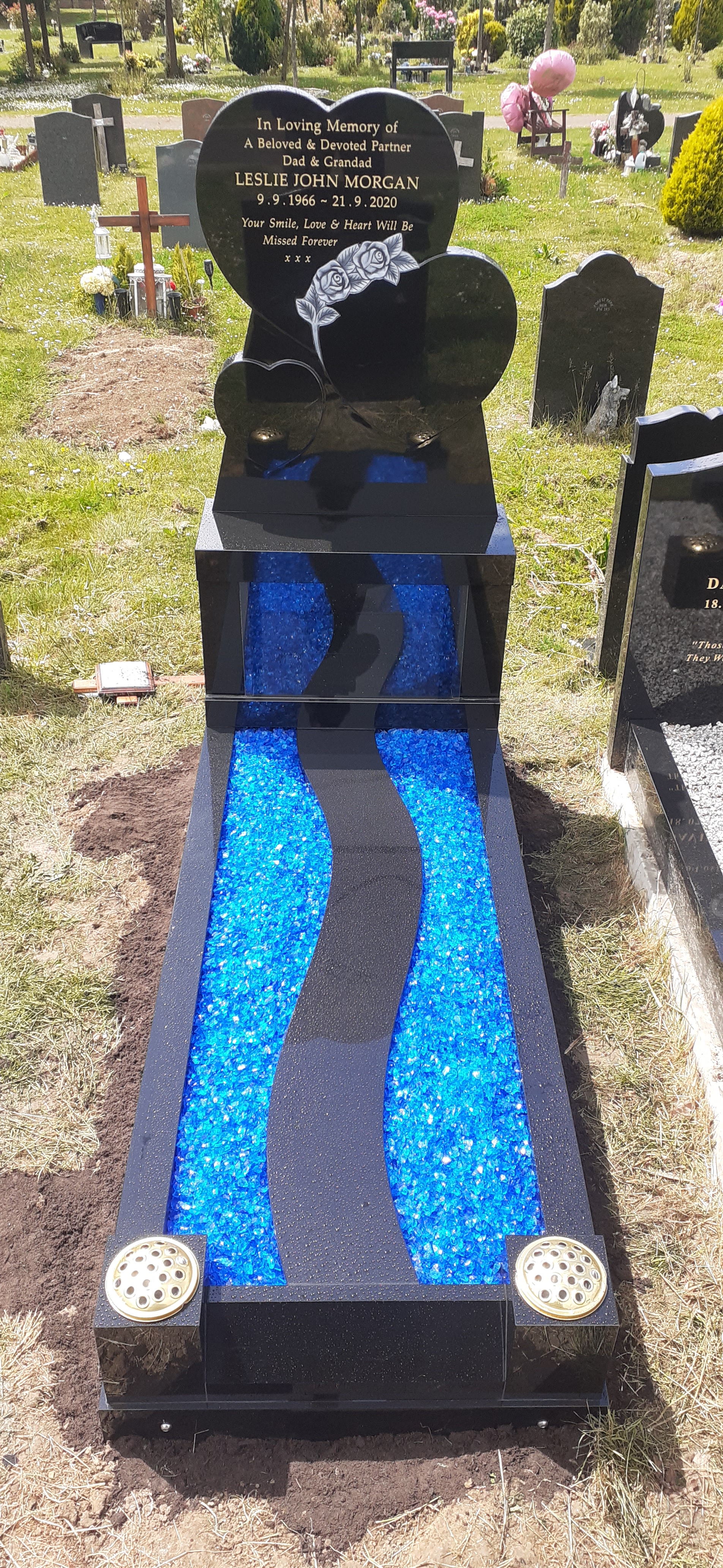
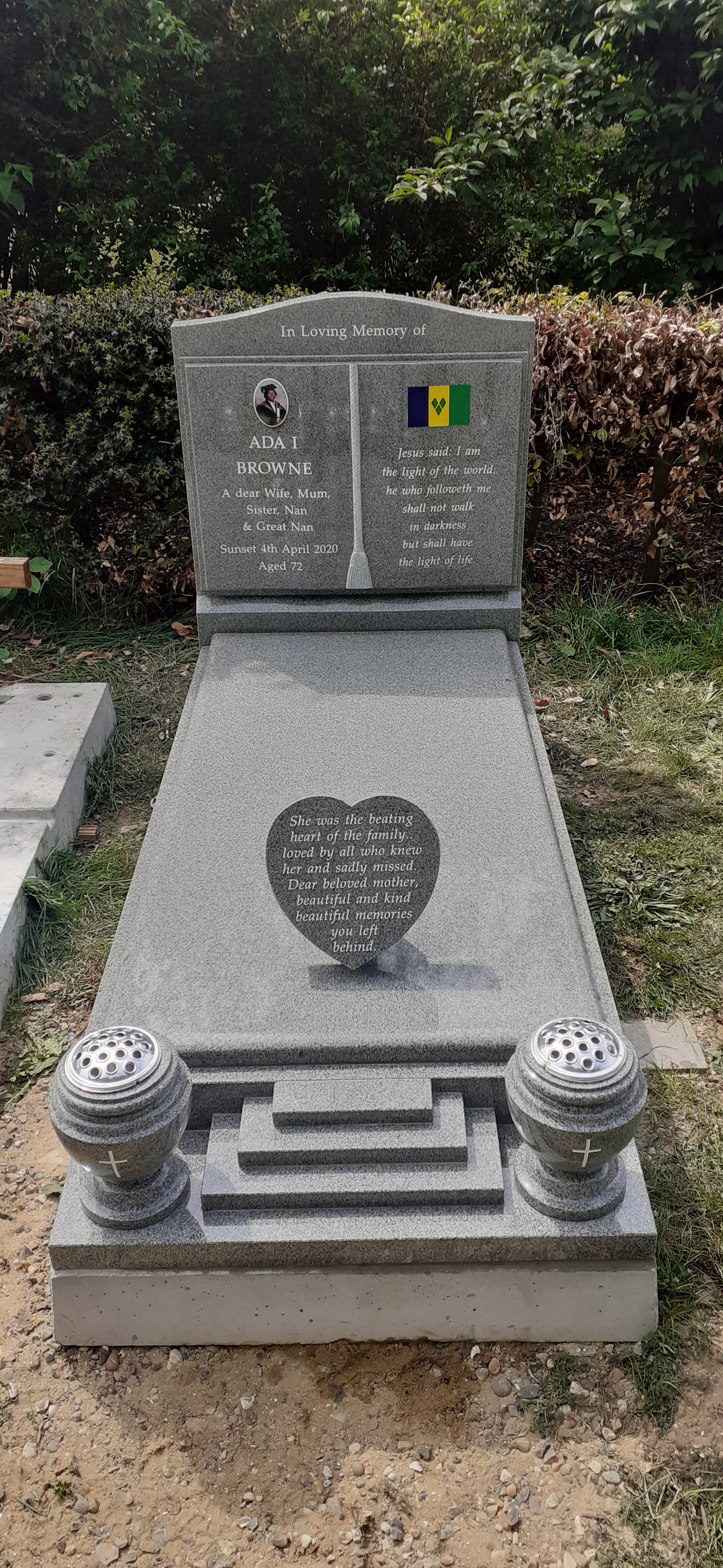
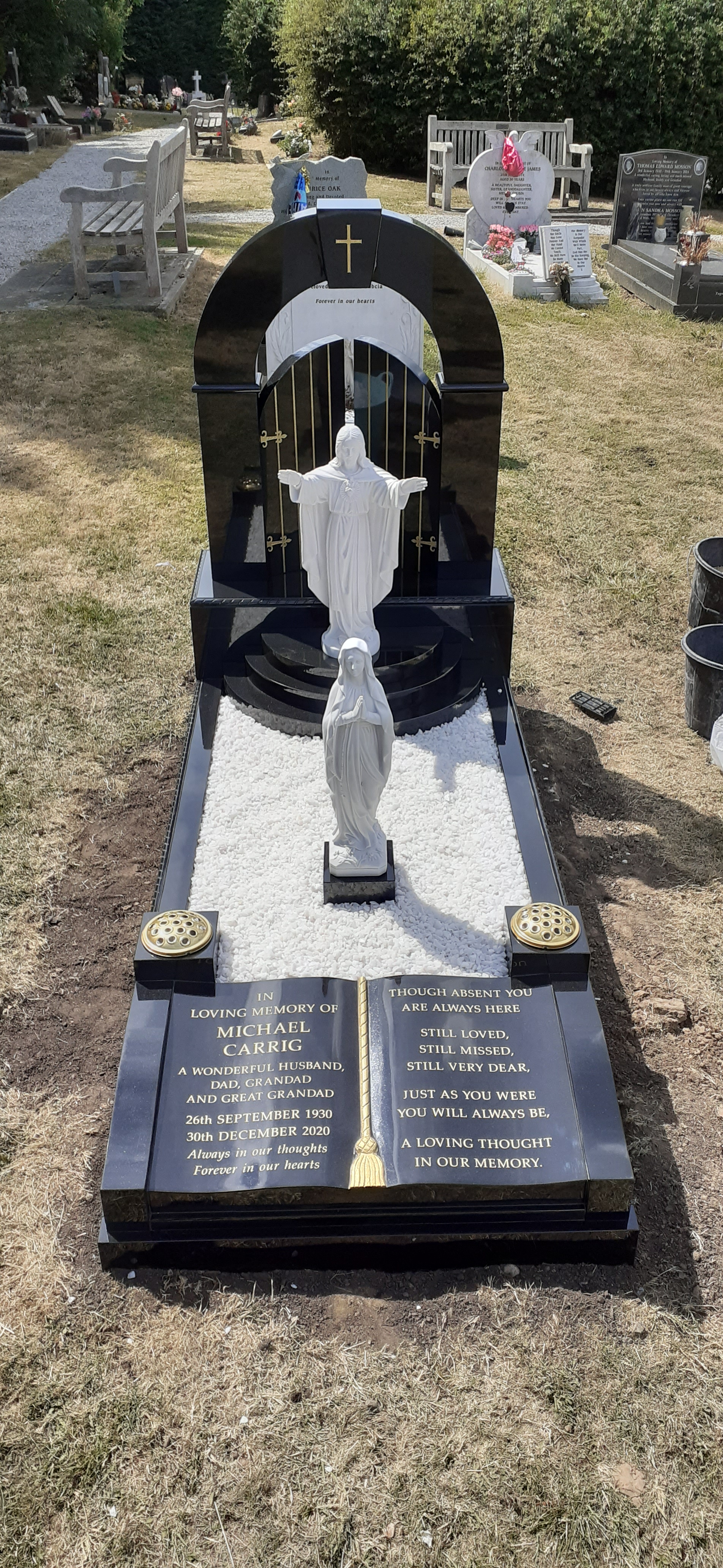
Building a Circular Economy with Eco Concrete Technology
Our UK Innovation, the Eco Elite Foundations, a 5-meter square eco concrete pour that effectively reduces CO2 emissions by an amount equivalent to planting 430 trees.
This ground breaking initiative serves as the foundation for preserving our rich historical legacy and paving the way for a sustainable future.
Recent analysis reveals a concerning trend in England, where between 2019 and 2021, a staggering 46,200 individuals lost their lives due to what is known as the Death of Despair.
This equates to an average of 42 people per day.
Notably, the North East of England experienced more than double the number of deaths compared to London, with 150 deaths of despair recorded in the Hackney area from 2021 to 2023.
The potential transmission pathway of Creutzfeldt-Jakob Disease (CJD) from an infected person to contamination of water sources is a very serious concern that requires thorough investigation.
Here is a breakdown of the potential pathway:
Infected Person with Dementia-like Symptoms:
A person infected with CJD or a related prion disease may exhibit symptoms like dementia, memory loss, and cognitive decline.
Death and Cremation:
When the infected person passes away, the body is typically cremated.
During the cremation process, the high temperatures do not effectively destroy the infectious prion proteins that cause CJD and other prion diseases.
Cremation Ash Spread on Land:
The cremation ash, which still contains the undestroyed prion proteins, is then spread over the land, such as in a cemetery or memorial garden.
Prions in Cremation Ash Entering Water:
With rainfall, the prion-contaminated cremation ash can be washed into nearby waterways, such as rivers or groundwater sources.
Contamination of Water Supply:
The Thames Water utility draws water from these contaminated surface water and groundwater sources to supply homes and businesses with tap water.
Exposure through Water:
Individuals using water, whether for bathing, or other purposes, can potentially be exposed to the infectious prion proteins that survived the cremation process.
Lets Make a start to ensure the safety of water and prevent the potential transmission of these devastating neurological diseases. Addressing this issue is of the utmost importance to protect public health.
The prion proteins responsible for CJD and related diseases are highly resistant to standard water treatment and disinfection methods. This means that even if the water goes through a treatment process, the infectious prions may still remain present in the water.
Partners Discount
Public-Private Partnership Agreement
This Agreement is made on [Date ]
Between:
[Purchaser's Name], hereinafter referred to as "Purchaser."
[Supplier's Name], hereinafter referred to as "Supplier."
1. Purpose and Scope
Account Type: Current Account
Account Name: CIRCULARCLEAN-WAVE.ORG LTD
Sort Code: 04****
Account Number: 20*****
2. Roles and Responsibilities
The purchaser guarantees all necessary permits to allow the install of the columbarium at a cost of £20,000, reflecting a 50% reduction from the original price.
The Purchaser will offer the niches to every cremation booking as part of the service.
The Supplier is responsible for cleaning the columbarium yearly.
Each niche will measure 14 inches by 13 inches, equivalent to one square foot.
3. Financial Arrangement
Cost Sharing: The Purchaser will cover 50% of the initial costs, while cleaning will be the responsibility of the Supplier.
Revenue Sharing: The recommended retail price for each niche will be between £20 and £150 per year, with the goal of selling a 100-year lease each time, allowing for future family interments under the same lease. If all space is utilized, the user may order a new Indian black granite plaque for new inscriptions. The Purchaser will offer the niches to every cremation booking as part of the service.
Payments: A deposit of £10,000 is required, with an additional £10,000 due on the day of completion. Each month, 50% of the revenue from niche sales will be paid to CIRCULARCLEAN-WAVE.ORG LTD.
4. Duration
5. Performance Standards
6. Risk Allocation
7. Public Benefit
This initiative will provide additional space for families looking to maintain their local heritage.
It aims to reduce travel distances and emissions for families visiting their loved ones' permanent memorials.
The project offers alternatives to scattering ashes over land or rivers, thereby reducing pollution and preserving our natural capital.
It will help mitigate disease transmission risks through controlled memorialization options.
The use of eco burial foundations is offered, utilizing new CAD-based mortar and cement constructions to enhance sustainability reducing harmful emissions.
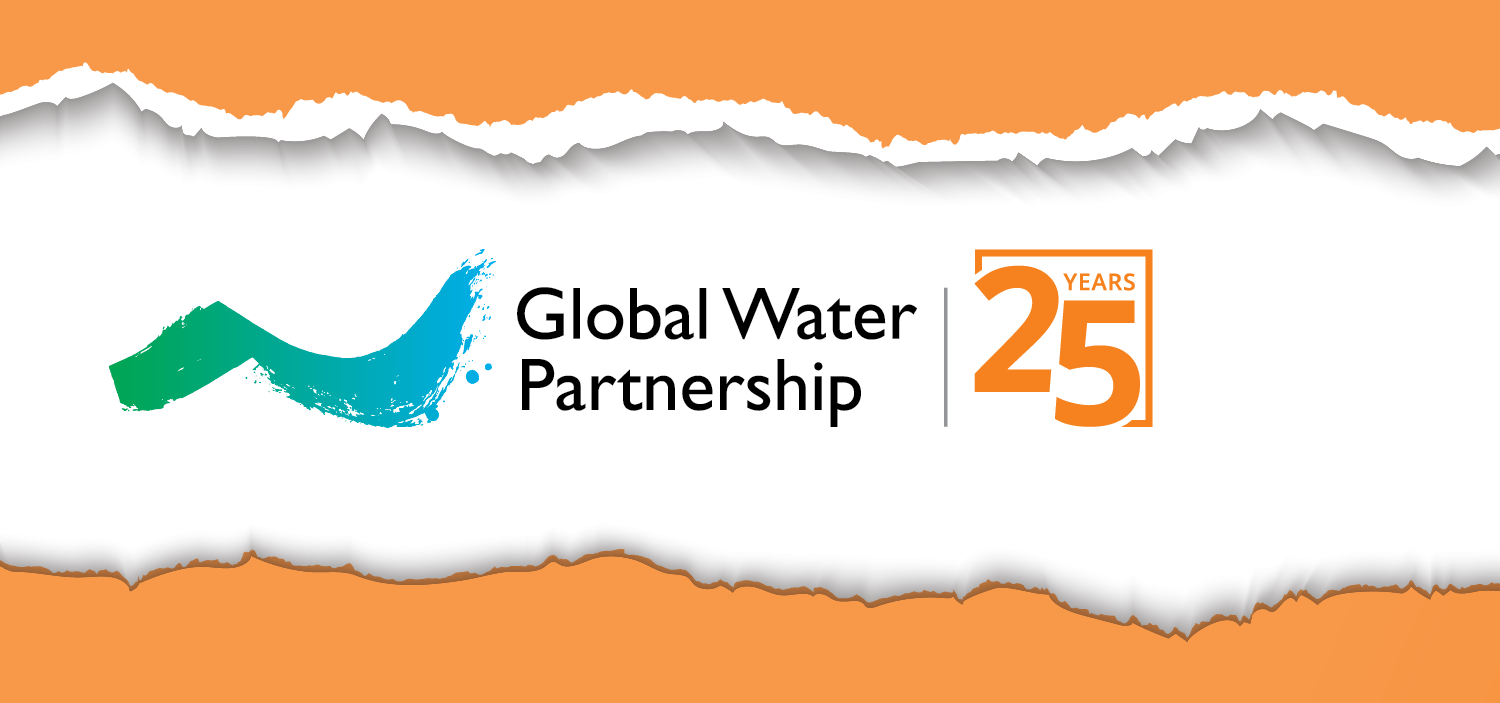
Your Front Runners On Circular Supply Chains; A Focus on Burial Spaces
Increase Burial Spaces with Eco Concrete Technology
A mission is to help local cemeteries increase their revenue and financial viability
Eco concrete technology, can create burial chambers above ground, maximizing the number of burial spaces within the same footprint
Your sustainable solution that benefits both the environment and the community

Preserve Memories with Quality Craftsmanship
Your New burial chambers are not only environmentally friendly, but they also meet the highest standards of quality and craftsmanship.
Our team of skilled stone masons, with over 20 years of experience, expertly finishes the structures using traditional stone masonry techniques
You have assurance that every chamber meets customer expectations through high performance and attention to detail from family service's proven since 1941
Unleash the Potential of tradeable carbon units
Your cemetery can participate in carbon abatement efforts by registering and validating a project to reduce a minimum of 100,000 tons of carbon emissions
This means a cemetery could generate its own tradeable plastic carbon units, at £95 or [£0.07p] per ton/per unit* once validated at scale, 1M m2 EcoElite Foundations
Your investment uses 14 times less energy - 10 m2 of eco burial foundations could abate 1 ton of emissions a realise £95 ton per Plastic Carbon Units.
[4,762 x 21 trees = 100,002]



